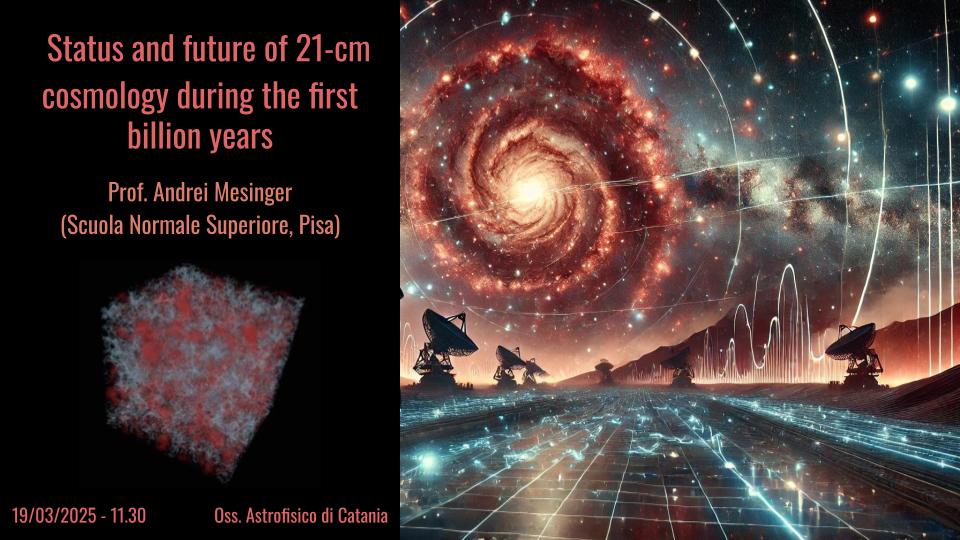Galactic Archaeology: decoding the fossil record of Galaxy formation and evolution
Sede A. Riccò Via Santa Sofia 78, CataniaOne of most important issue in Astrophysics is the achievement of a robust understanding of the sequence of processes that contributed to the building up of the Milky Way. This is obviously important not only "on a local scale" in order to recover the history of formation and evolution of the Galaxy, but also, more in general, for understanding the formation process of spiral galaxies. In the last decade, the advent of high precision photometric and spectroscopic surveys as well as the possibility to estimate, thanks to the ESA Gaia mission, accurate distance for a huge number of field stars, combined with the development of an accurate theoretical framework, is actually opening a new era for this kind of investigations.
We will present some recent results - obtained by using this updated observational and theoretical framework - about the formation and early evolution of the Milky Way.


